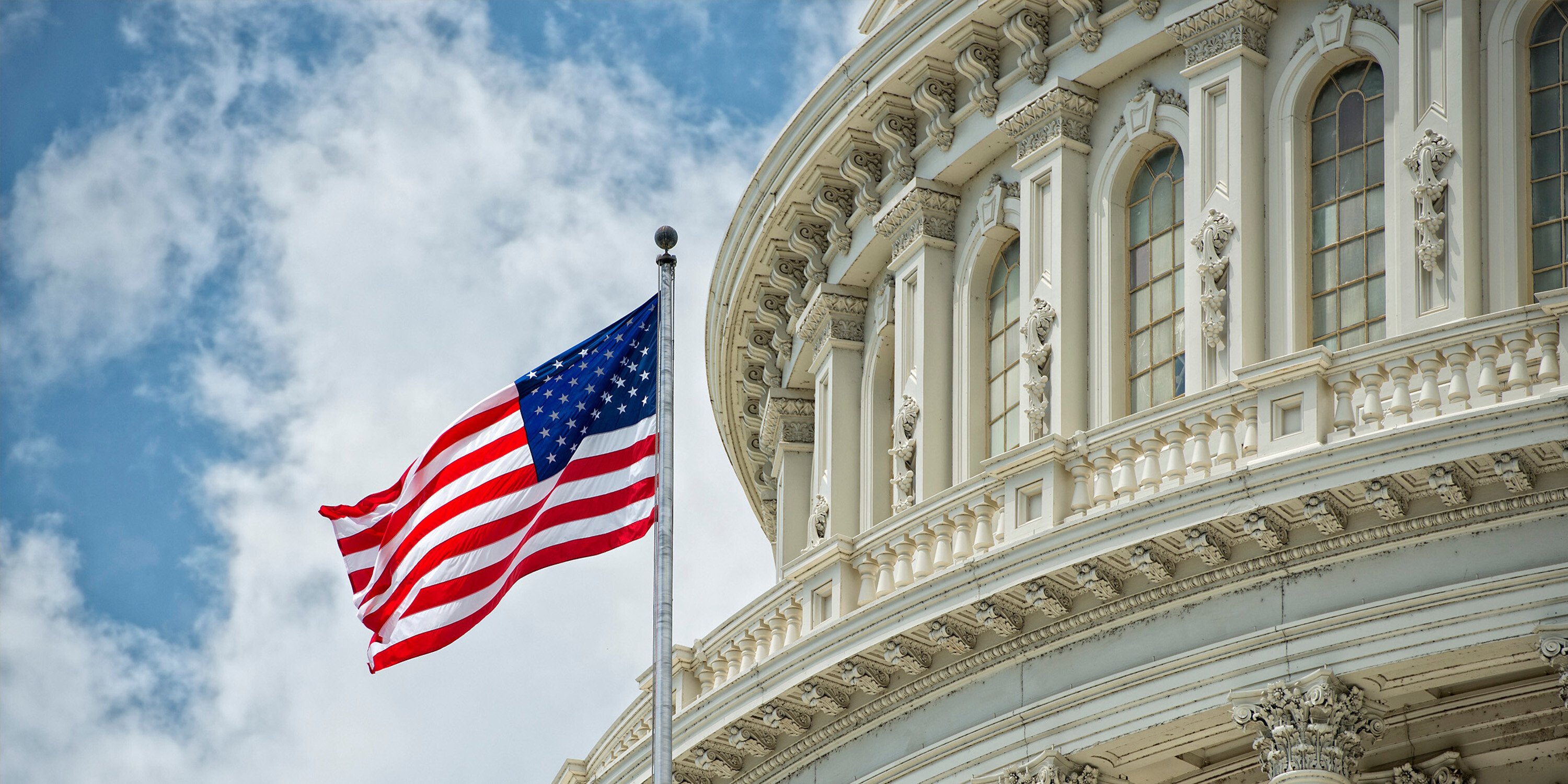Sustainability | April 23, 2024
The 4-Step Pathway to High-ROI Sustainability: A Guide for Retailers
In the evolving landscape of retail, sustainability has emerged as a key factor in reducing operating costs, managing regulatory risk, and meeting investor and market demands.
While these challenges are not exclusive to the retail space, owners and operators of retail buildings face a distinctive blend of circumstances. Navigating this landscape demands a mindset that considers investors, employees, and customers alike, all while ensuring day-to-day operations remain a priority.
This blog post outlines a four-step pathway that retailers can follow to achieve high-ROI sustainability with these things in mind, but it’s not the full story…
If you’d like to get ALL the details and tons of context and considerations, check out the full white paper here.
Read on, though, for some actionable insights.
Step 1: Fast Start - Understanding Current Performance and Identifying Low-Hanging Fruit
The first step on any sustainability journey is to quickly identify early opportunities to reduce energy and maintenance costs and manage local regulatory risk. This involves understanding low- and no-cost opportunities for energy savings and identifying which sites are “leaders and laggards” in terms of energy cost per unit of square feet, productivity, sales, and other key indicators.
To gain these insights, retailers need to conduct a thorough review of the relevant technologies currently in place, such as computerized maintenance management systems (CMMS), utility bill management, and energy management systems (EMS). Additionally, an analysis of the available asset inventory, such as HVAC, lighting, controls, and motors, is crucial.
This phase also involves reviewing service provider agreements and understanding how different services work together. It’s about identifying how scopes could be scaled up or down to improve various sites in a low-cost way.
Moreover, keeping up with current regulations is an immediate need for many retailers. Evolving federal standards, new SEC disclosure rules, and state and local building performance standards (BPS) can all put retailers at risk of fines for falling out of compliance.
By gathering data on current performance and low-hanging fruit like energy efficiency updates, project leaders can create “should costs” for archetype stores and move aggressively to adopt low- to no-cost facility improvements.
Multi-site retailers face a multitude of single-solution providers, such as for LED lighting or rooftop solar. These providers deploy one project at a time and will overlook higher-ROI opportunities, such as controls commissioning, for the solutions they offer. In sharp contrast, Mantis brings all facilities solutions under one umbrella and delivers a portfolio-level strategy that prioritizes high-ROI investments.
Step 2: Develop a Big-Picture Decarbonization Playbook
The next step involves developing a “Playbook” that includes recommendations for workflows, software, hand-held diagnostics tools, and a tracking scorecard to motivate the sites toward implementing decarbonization projects and practices. This playbook sets the stage for the big-picture, multi-year view for medium- and long-term projects alike.
Step 3: Prioritize and Implement Projects
Now, it’s time to plan for and implement more ambitious capital improvements over time, aligning efforts with facilities asset management strategy. This involves looking deeper than energy cost savings to drive highly informed implementation of high-ROI projects, potentially filling gaps in asset inventories through data collection, and prioritizing projects based on ROI and impact.
Understanding the economics for any sustainability measure and formulating detailed implementation playbooks allows retailers to plan measures out over time in a reasonable way that manages regulatory risk, stabilizes operational performance over time, and meets sustainability as well as business goals as a whole.
Mantis delivered a multi-year capital plan that prioritized energy-reducing projects using factors such as HVAC risk of failure, refrigerant regulations, incentives/rebates, and project specific economics (CapEx and OpEx savings) for a client with over 2,000 retail locations.
Step 4: Account and Report
Finally, no sustainability undertaking is complete without a plan for demonstrating energy-related ESG performance by tracking improvements over time. This involves capturing and tracking a multitude of key performance indicators (KPIs) over time and across the portfolio, including cumulative carbon and energy reductions for ESG reporting as well as cumulative cost reductions.
The Story Doesn’t End Here
By following these steps, retailers can manage regulatory risk, reduce operating costs, and meet the evolving demands for sustainability and performance but there are myriad considerations.
Click here to download our white paper covering all the ins and outs of this complex topic right now.
If you’d like to skip the read and go straight to a pro, click here.
Related Posts
Discover more content and insights from Mantis Innovation

In today’s AI era, human intelligence is the key to data center facility and energy optimization
Nowhere else in modern industry do artificial and human intelligence converge with such transformative potential as in the world of data centers. As AI's extraordinary growth accelerates demand for

Power Shift: Energy Insights Post-Election
A new president has been elected, and while conversations are swirling about tariffs and drawbacks in sustainability initiatives, it is important to understand what effects the administration change

Carbon Credits Explained: A Primer for Achieving Your ESG Goals
In the race to achieve net-zero emissions, carbon credits have become a crucial tool for companies with hard-to-abate emissions. As of 2024, almost half of the Fortune 500 companies have net zero

Five Trends Driving Data Center Facility Energy Optimization
Today’s digital economy, commercial and industrial digitalization, and the recent explosion in artificial intelligence and machine learning (AI/ML) powered computing are driving massive growth in
